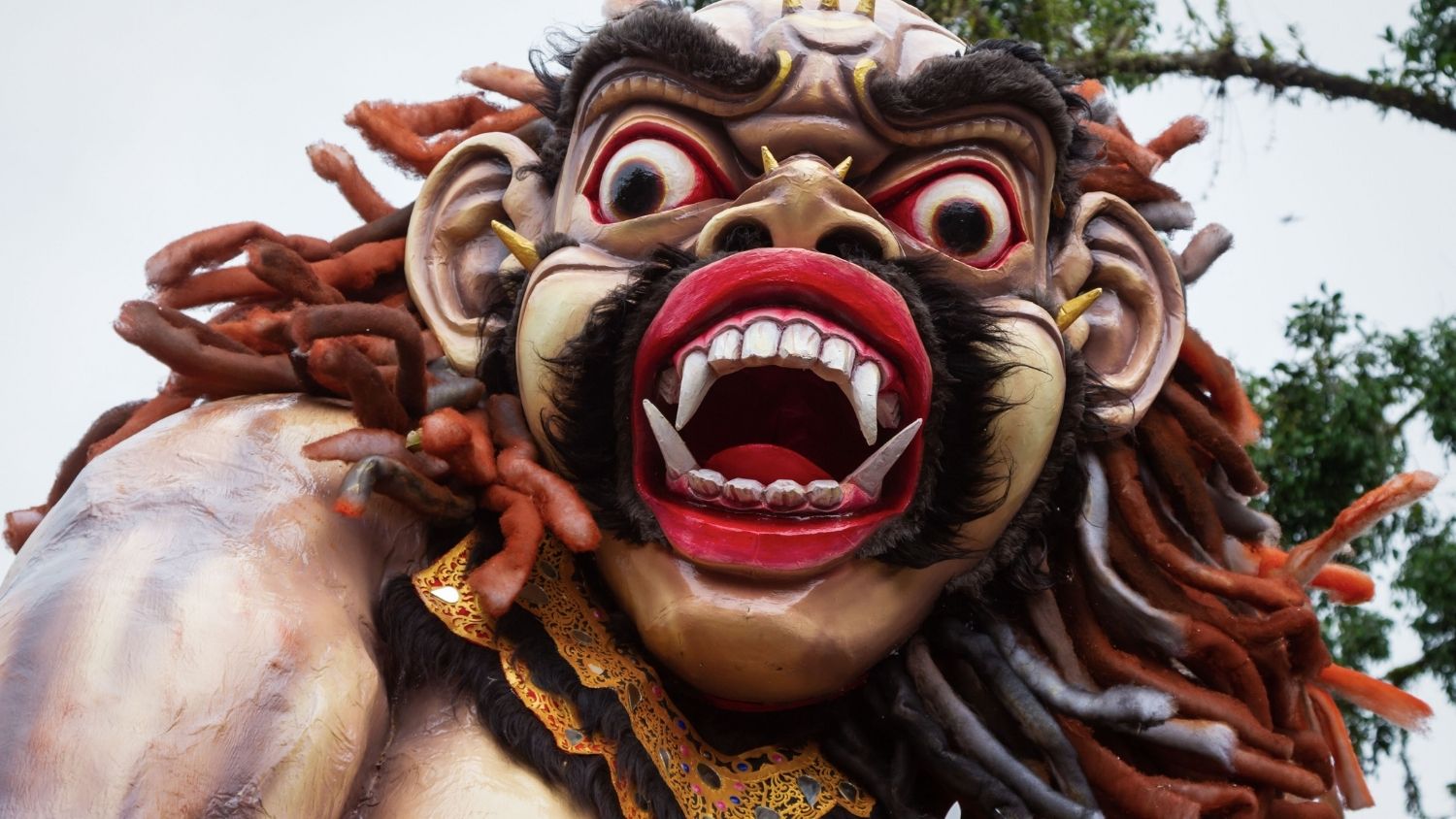Just over a week ago, the island of Bali in Indonesia celebrated Nyepi, known as the “Day of Silence” – a significant Hindu celebration marking the Saka New Year. Unlike the exuberant festivities associated with New Year celebrations elsewhere, Nyepi is characterised by profound silence, self-reflection, and spiritual purification. Why does the island come to a complete standstill in honour of this sacred tradition? You may want to learn about its history and significance before you book your next trip to Bali – especially since its airport is closed for a day during Nyepi!

Nyepi’s Historical Background
The observance of Nyepi can be traced back to 78 A.D., aligning with the introduction of the Saka calendar in Bali. This ancient calendar system, inherited from Indian influence, underscores the island’s deep-rooted connection to Hindu traditions. Over centuries, Nyepi has evolved, integrating indigenous practices with Hindu rituals to form a unique cultural observance.
The Significance of Nyepi
Nyepi embodies the Balinese Hindu philosophy of achieving harmony between humanity, nature, and the divine. The day is dedicated to introspection, allowing individuals to cleanse themselves of the past year’s impurities and reset their spiritual compass for the year ahead. By enveloping the island in silence, it is believed that malevolent spirits are deceived into thinking Bali is uninhabited, thereby preventing them from causing harm.

Nyepi Rituals
The lead-up to Nyepi involves several intricate rituals:
Melasti: Held a few days before Nyepi, this purification ceremony takes place near the sea. Devotees cleanse sacred objects and themselves, seeking to eliminate spiritual impurities.
Bhuta Yajna and Ogoh-Ogoh Parade: On the eve of Nyepi, villages craft large, demonic effigies called Ogoh-Ogoh. These representations of malevolent spirits are paraded through the streets in a vibrant procession accompanied by gamelan music and traditional dances. The ritual culminates in the burning of the effigies, symbolising the eradication of negative elements.
Nyepi Day: From 6 a.m. on Nyepi day to 6 a.m. the following day, the island adheres to the Catur Brata Penyepian, which includes:
– Amati Geni: Refraining from lighting fires or using electricity.
– Amati Karya: Abstaining from work or physical activities.
– Amati Lelunganan: Avoiding travel or leaving one’s home.
– Amati Lelanguan: Foregoing entertainment or pleasurable activities.
The island becomes enveloped in tranquility; streets are deserted, businesses close, and as mentioned above, even the airport ceases operations.
Ngembak Geni: The day after Nyepi, social activities resume. Families and communities come together to perform rituals of forgiveness, strengthening communal bonds and starting the new year with renewed harmony.

Modern Day Observation
In contemporary Bali, Nyepi remains a deeply respected tradition. While the island’s tourism industry acknowledges the day’s significance, visitors are expected to honour local customs by remaining within their accommodations and minimising noise. Despite modern advancements, the essence of Nyepi persists, offering a poignant reminder of the value of introspection and balance in an increasingly fast-paced world.
Discover more of Bali here.









